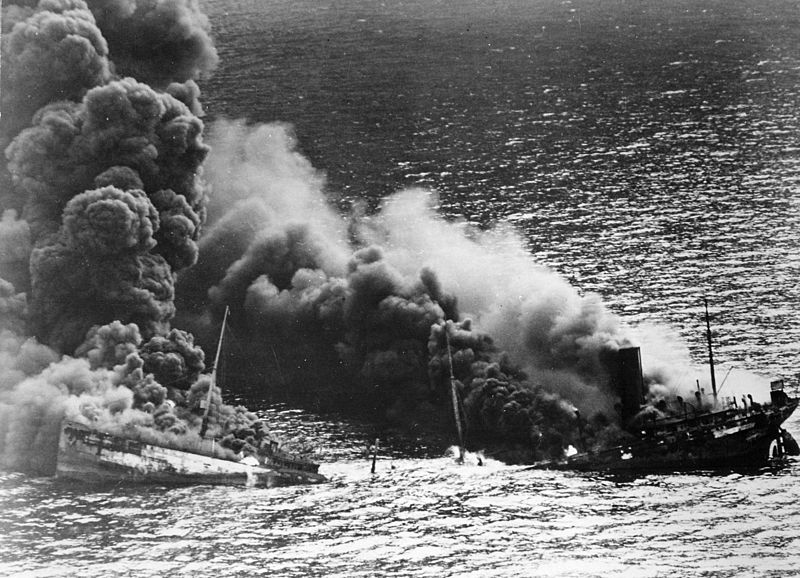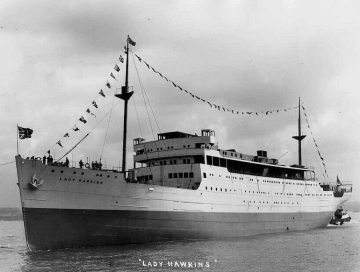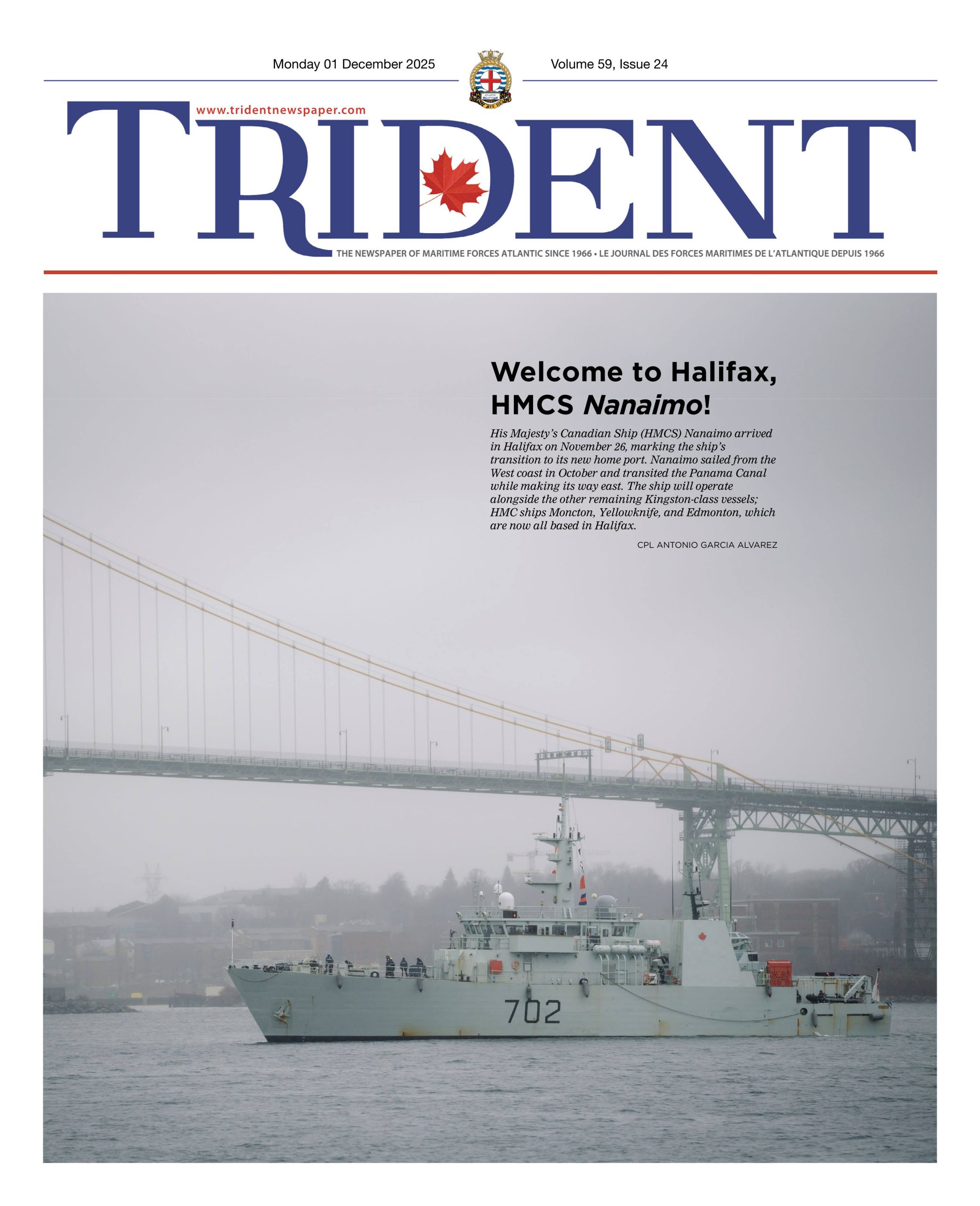
SUBMITTED
Op DRUMBEAT: U-boats wreak havoc along the eastern seaboard
By CPO1 (ret’d) Patrick Devenish,
Canadian Naval Memorial Trust
It was the late evening at the Wolf’s Lair when the message came in; “Japan began hostilities with the United States on 7 December. At 1930 hours Central European time, strong air formations attacked Pearl Harbor.”

SUBMITTED
Admiral Karl Donitz immediately began planning for U-boat deployments to the US eastern seaboard in what would eventually become Operation Paukenshlag (Operation Drumbeat). Unfortunately, the only submarines available for such a long deployment were the Type IX, and they were few in number. Nonetheless, by mid January of 1942, numbers were sufficient to muster a force that in the coming months would wreak havoc on the eastern seaboard from the Caribbean to the Grand Banks.
Primarily along the east coast of the United States, this action inevitably drew in Canadian ships and convoys as well. In just eight months, German submarines sank over 600 ships with the loss of only 22 of their own.
Why was this permitted to happen? Simply put, the United States was ill prepared to fight a ‘guarding’ action along the eastern seaboard to protect its own Merchant fleet. During this period, the Royal Canadian Navy ran several convoys carrying crude from Venezuela to Canada’s east coast with no loss, proving a solid argument for the employment of the convoy system. Reluctant to accept the advice, the United States Navy’s Chief of Naval Operations Admiral Ernest King did not relent, failing to enforce the convoy rule until late summer when sinkings on the eastern seaboard immediately dropped off. So reluctant (some say stubborn) was he to accept advice from the Royal Navy or even worse, the Royal Canadian Navy, that at least one historian labelled him “…the German submariners’ greatest ally…” in the opening months of the American involvement in the Battle of the Atlantic.
Not only was the US Navy ill prepared, but governments at all levels failed to employ blackout rules for both merchant ships as well as coastal cities, which in hind sight should have been obvious,. This meant that ships were often silhouetted against night-time cityscapes. As well, US Navy destroyers sat idle in ports like Charleston, New York and Philadelphia while these unlimited sinkings occurred, as they were considered (at the time) unsuitable for escort duties of “…slow, plodding…” merchant ships.
In the first wave in early January, of only five Type IX U-boats, 23 merchant ships were sunk with no loss to any of the submarines. The US government could not deny the wholesale sinkings as many were occurring well within the sight of residents of eastern ports ranging from Maine to Florida.
It wasn’t until the April-May timeframe that convoys became the norm as well as city blackouts and ships sailings in some areas restricted to daylight areas when aircraft could provide lookout duties. Losses immediately fell off and submarine sinkings began to increase.
All in all, it was a hard lesson learned specifically for the American people but also for those providing support including Royal Navy, Royal Canadian Navy and Royal Air Force Coastal Command assets.
Within this period, the Canadian steamship Lady Hawkins was sunk by U-66 on January 19 and the Canadian tanker Victolite was sunk by U-564 on February 10.
Recommended Reading:
Michael Gannon: Operation Drumbeat
Richard Woodman: The Real Cruel Sea-The Merchant Navy in the Battle of the Atlantic 1939-1943
John R. Bruning: Battle for the North Atlantic-The Strategic Naval Campaign that won World War Two in Europe






